Julia is a professional nerd who can be spotted in the wild lounging with books in the park in Brooklyn, NY. She has a BA in International Studies from the University of Chicago and an MA in Media Studies from Pratt Institute. She loves fandom, theater, cheese, and Edith Piaf. Find her at juliarittenberg.com.
Making movies is a long process. From idea, to pre-production, to casting, to filming, to post-production – every step brings up a new challenge. Our current filmmaking system also requires filmmakers to get funding every step of the way. By contrast, writing books sounds relatively easy. However, writers can assure you that a writing one novel by yourself is definitely not easy. And it isn’t! Both art forms require different skills and each have their own difficulties.
Adapting a movie or television show into a book or comic book? That is a whole other field, and adaptations from film to comics or novels are not always straight retellings. They can also extend the universe from the original story.
Before we get into what makes a good comic or book adaptation of filmed media, it is worth looking at their history. Even though kid-focused tie-in novels were staples of my 90s youth, the practice of releasing a novelization of a film existed way before that era.
Film novelization actually started with the early history of theatrical movies. The 1915 French film Les Vampires (written and directed by Louis Feuillade) got a seven-volume novelization, written partially by Feuillade himself. Les Vampires was a silent film, so the novelization helped elucidate the story.

The 1933 King Kong film also had a tie-in novelization that was drafted and released before the movie, penned by the journalist Delos W. Lovelace. The real novelization boom kicked off in the 1970s and 1980s, especially in genres like science fiction, fantasy, and horror. The Back to the Future series, E.T., and Friday the 13th all had book series, and the neo-noir film Taxi Driver also received the novelization treatment in the 70s.
The tie-in novels and adaptations of famous genre flicks may have been so big in the 70s and 80s because the concept of a video rentals or owning a movie for your home was still not widespread. If you wanted to revisit a favorite movie, you’d have to hope it was re-released or you could get a novelization.
 Version 1.0.0
Version 1.0.0Capitalizing on fandom for novelizations eventually led to what advertisers consider the easiest market for product growth: children. Novelizations and tie-in media are huge in children’s media. When I was a kid in the 1990s, I owned a novelization of the 2002 Scooby Doo film. It was a direct retelling of the events of the film through the perspectives of the different characters. Thankfully, Shaggy was on-hand to translate for Scoob.
When you peruse the list of novelizations on Wikipedia, there’s an uptick in “junior novelizations” during the 2000s. Films that were popular with kids must have been a safe bet from the profit motive. This practice has persisted for media tie-ins for kids. Even the famously weird movie Space Jam had a novelization for its sequel with Lebron James.
As a medium, comics are currently one of the biggest seeds for adaptations into films. Even outside of Marvel and DC comics and the superhero film glut, comics inspire a ton of movies and television shows. The reverse inspiration–movies to comics–is less common.
Comics series based on cult genre movies started to pop up in the 1980s. Sam Raimi’s Evil Dead movie inspired a comic series with over 60 issues and multiple comics cameos. The post-apocalyptic thriller movie 28 Days Later also got the comics treatment, as did my favorite stoner comedy Bill and Ted’s Excellent Adventure.

Though not strict picture-to-picture adaptations, many of these comic extensions and tie-in comics are best when they focus on small stories that can be worked out in an issue or two. Then the bigger story comes through. For that reason, television is also fertile ground for book and comics adaptations.
For television, novels may add extra flavor to an existing show, or continue one that was left unresolved. Buffy the Vampire Slayer had a very definitive ending to its seven-season run, but the creators were motivated to keep going with a series of comics. In my fannish opinion, Buffy comics missed the crackling energy of the excellent acting on the show, and the stories were a little too all over the place, given that there was no major finale the writers had to build to anymore.

Veronica Mars was a beloved show that many thought was gone too soon (before the Kickstarter movie and revival season on Hulu), and follow-up novels filled in some of the mysteries we could have followed Veronica into. The character was always a good fit for a mystery novel since she mimicked the qualities of so many hard-boiled detectives who populated the genre. The novels The Thousand Dollar Lie and Mr. Kiss and Tell had the mood of a good Veronica Mars episode. The show eventually returned through a Kickstarter movie and a Hulu reboot, but the novel continuation would have also been fun.
One of the issues with novelization and comic book adaptation for licensed media products is that the writers often don’t get recognized for their work, since it’s perceived as derivative. As any hardcore fanfiction reader will tell you, derivative work is hardly an insult when everything from Greek epic poems to modern literary fiction has some element of story remixing. Max Allan Collins and Lee Goldberg, writers who had worked on a number of media tie-ins, founded the International Association of Media Tie-In Writers to get these writers their due.
Media tie-in novels, comics, and ongoing print series are still expanding. Hollywood is currently eager to present extensions of popular properties (like James Bond) and to capitalize on that popularity through different media formats. If you ever enjoy a novelization or extension, you should definitely check out the rest of that writer or artist’s work as well.
When we consider what makes a good book or comic adaptation of movies and television, I think it’s up to your personal feelings about what you wanted from it. Back before we could pull up almost anything on-demand, readers wanted to re-experience the joy of a film they liked. Now, readers might be more interested in going deeper on the lore, or following different side characters through adventure.
Want to do some more thinking and reading on novelizations and/or adaptations? You’ll want to read about the history of stage-to-book adaptations, as well as go down the nostalgia rabbit hole with this look at movie novelizations you may have forgotten and these 90s teen franchise and tie-in books.

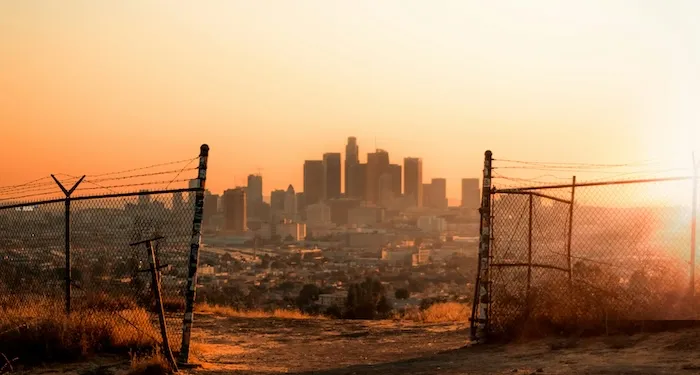


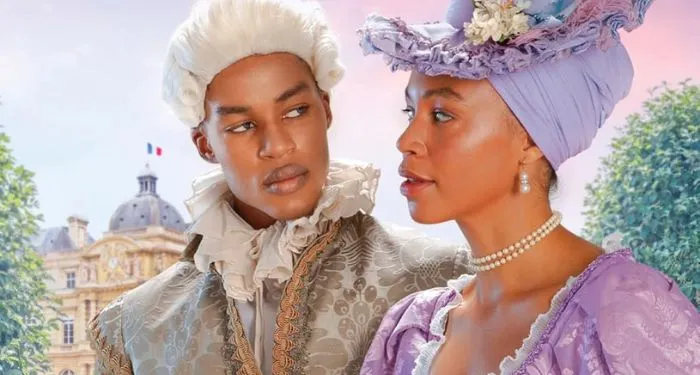
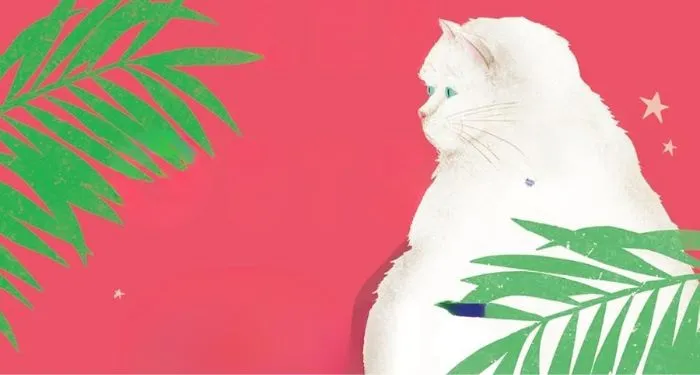

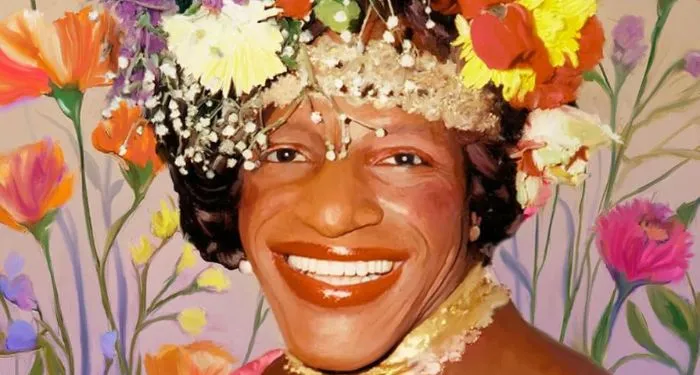





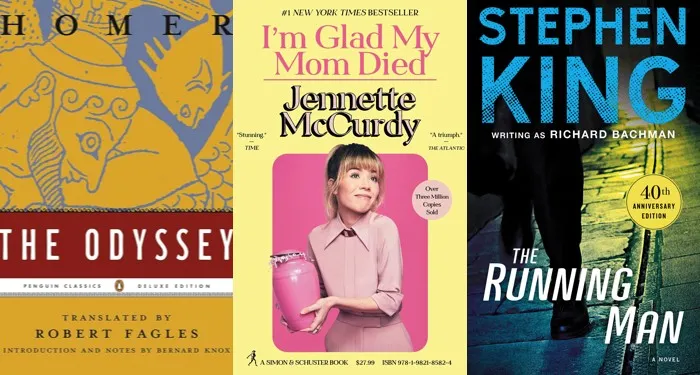





 English (US) ·
English (US) ·